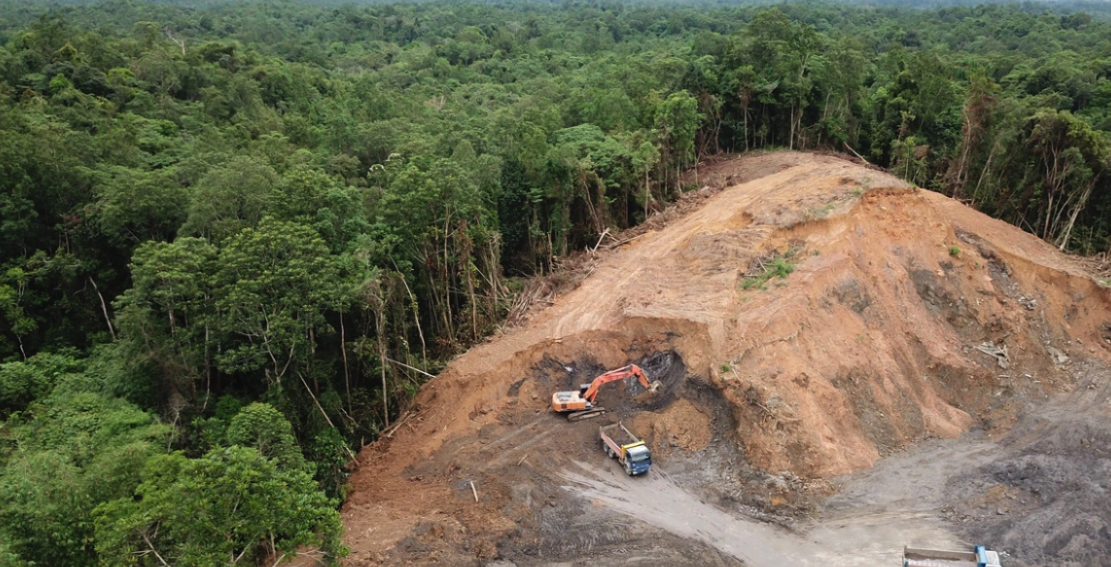Dominga Reynoso turned her rusted, squeaky tap above the kitchen sink.
Nothing, not even a drop, came out. Even the pipes, which usually gurgled in anticipation, stayed silent.
Reynoso and her neighbours, who live in Santo Domingo, the capital of the Dominican Republic, would go without running water for 22 days – an increasingly common occurrence across the mountainous Caribbean island of Hispaniola, which the country shares with Haiti.
Historically, the country has relied on bountiful natural supplies of water, which are freely accessible to both public and private entities. Over the past century, however, that supply has been under threat.
Increased demands from the tourist, mining, and agricultural industries have meant less is left for local people.
“Economic and population growth are putting great pressure on the Dominican Republic’s traditionally bountiful water resources,” says Chloe Oliver Viola, a senior water supply and sanitation specialist at the World Bank.
“Reforms and greater investments are urgently needed to ensure sustainable use and safe water supply for businesses and households.”
Decades of deforestation to make way for cattle grazing, natural disasters like hurricanes destroying already-fragile sewer systems and infrastructure, and mismanagement of water resources have resulted in the country experiencing a water crisis it has never seen before, says Francisco Núñez, the Central Caribbean director of The Nature Conservancy, a nonprofit organisation specialising in water and land conservation.
“We’re going through a severe drought,” he says.
“Animals have been dying, crops failing. To build a dam to conserve water supplies is not enough – we need nature to provide water, we need to go back to the ecosystem and rebuild from the beginning.”
In 2011, Núñez helped launch a multi-country project called the Latin American Water Funds Partnership bringing millions of dollars of funding from conglomerates such as the world’s largest bottler of fizzy drinks, to invest in water projects in the Latin America and Caribbean regions.
Iceland: Volcanic eruption in the southwest – Watch live
The partnership established 24 water funds throughout the region, forming a set of guidelines in order to set standards and best practices for each fund.
Núñez, who was born and raised in the Dominican Republic, spearheaded two water funds in his home country – one restoring three river basins in the Santo Domingo region, and one high in the mountains, in the watershed of the Yaque del Norte, the longest river in the country.
The aim of the water funds is simple, says Patricia Abreu, head of the Santo Domingo Water Fund: “to focus on nature-based solutions contributing to achieve water security for the future”.
Continue here: BBC
Ask me anything
Explore related questions





